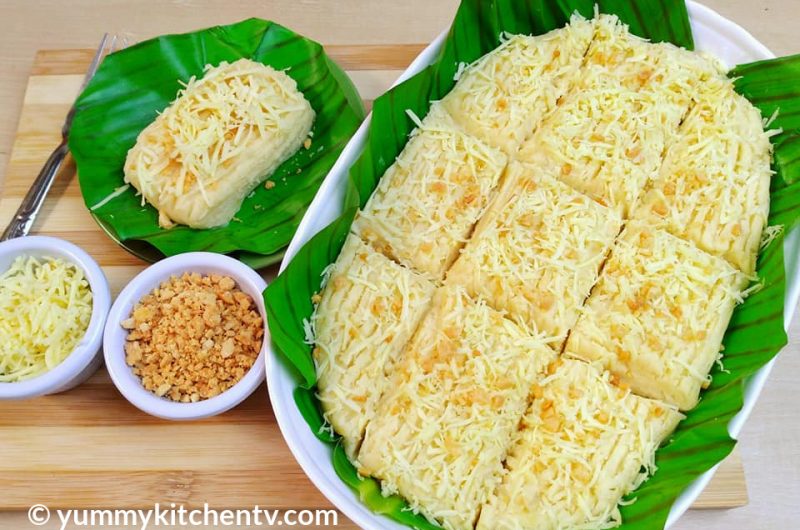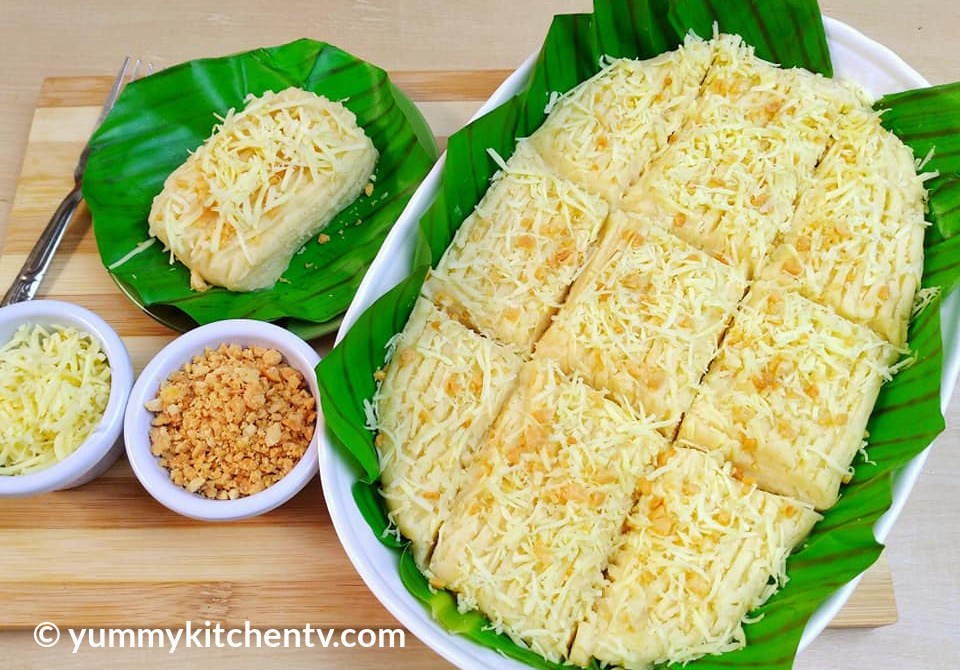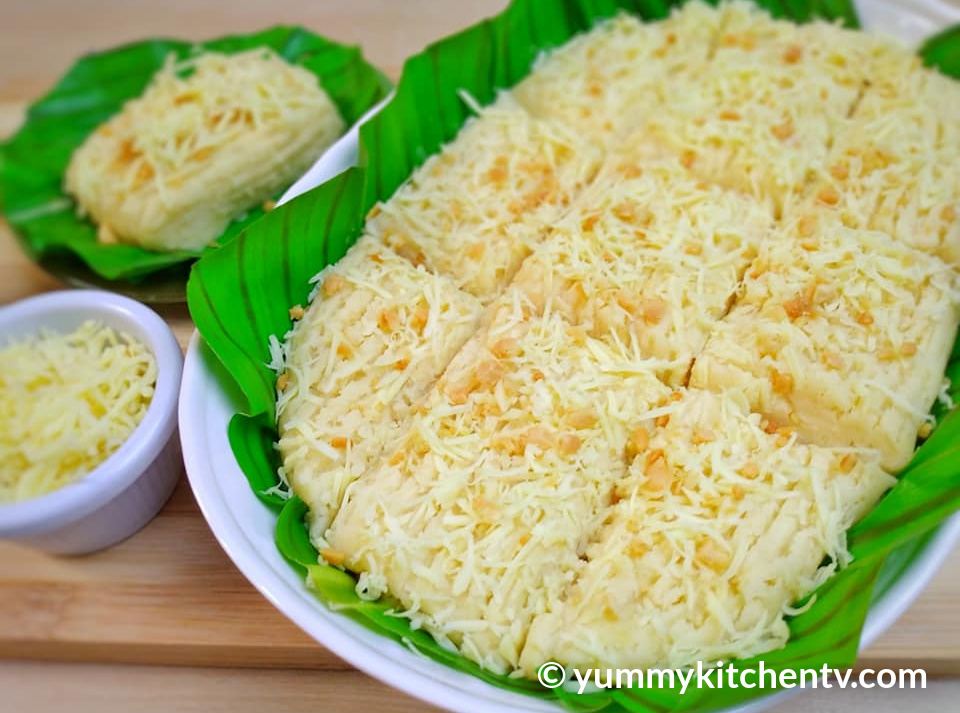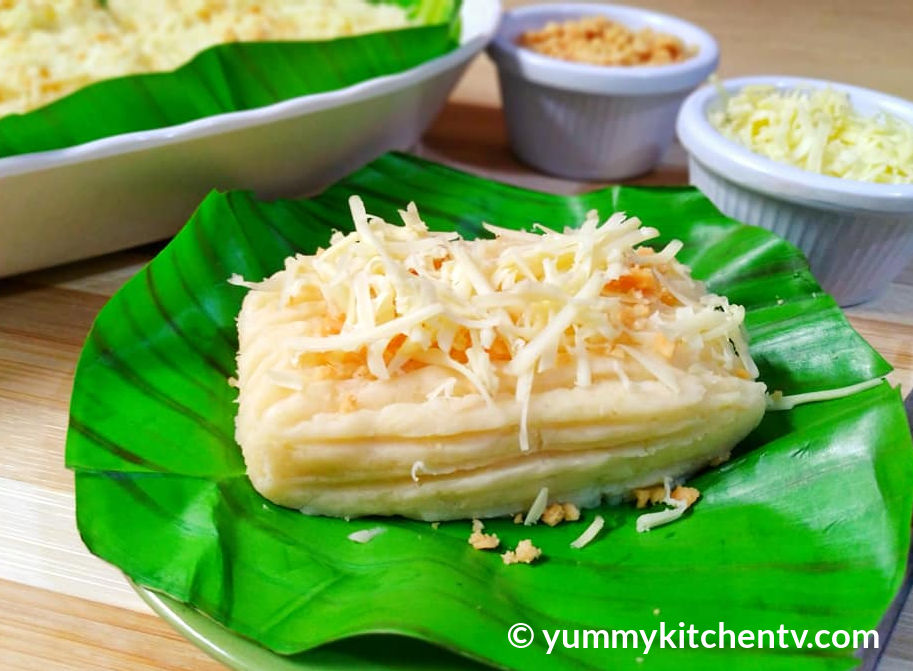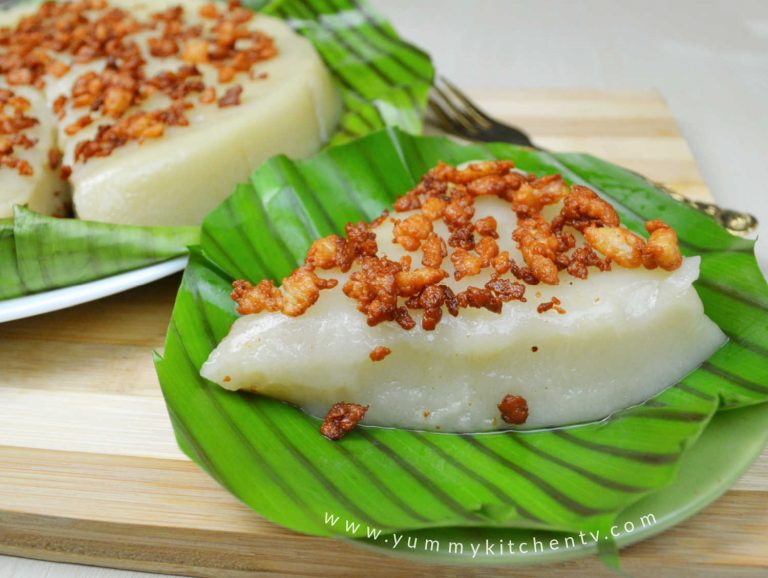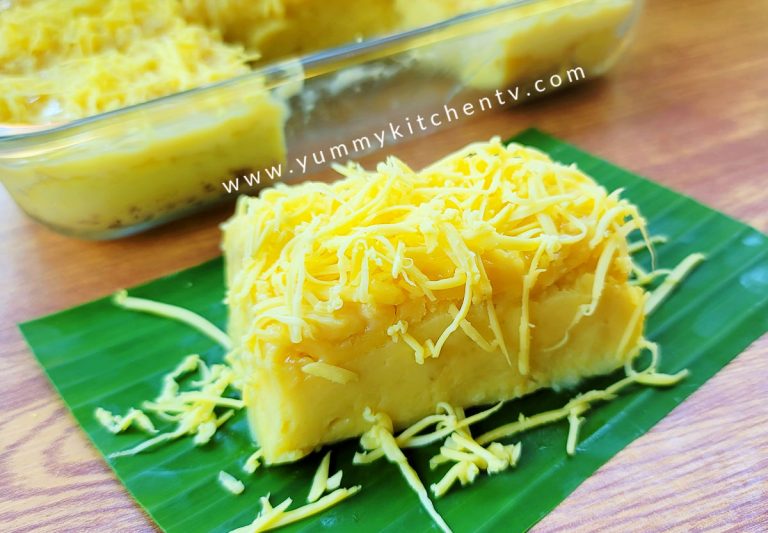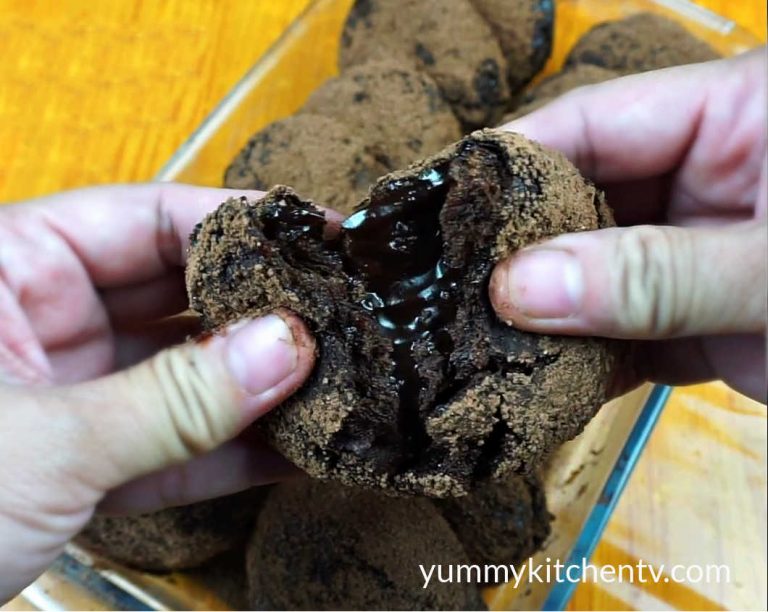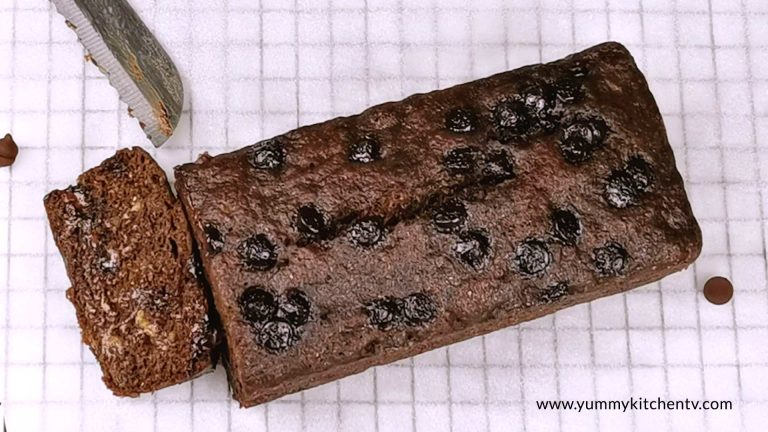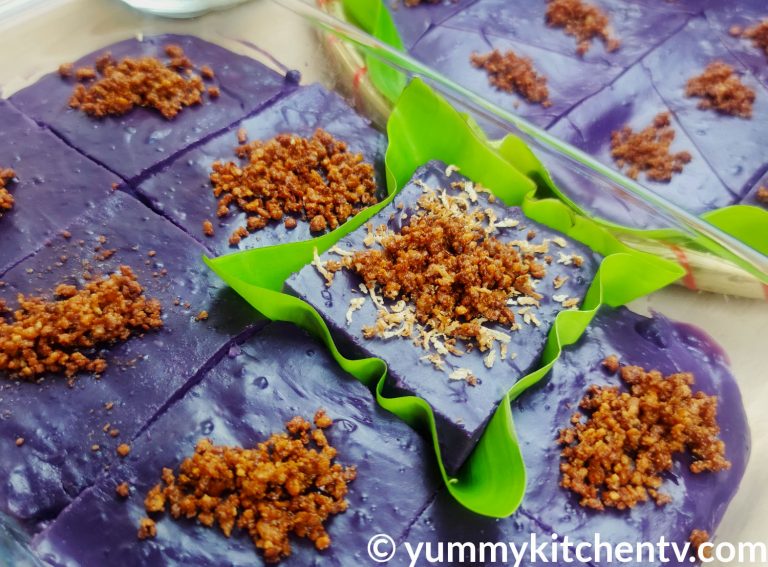Nilupak na Kamoteng Kahoy
Nilupak is a soft, creamy Filipino delicacy made with mashed boiled cassava, butter, condensed milk and sugar and is topped up with cheese and ground peanuts before serving. It is commonly eaten as a midday snack or after-meal dessert. One bite of this soft snack will melt your heart and will leave you wanting for more. Follow our Nilupak na Kamoteng Kahoy recipe to make this special kakanin in your home
NILUPAK NA KAMOTENG KAHOY
Nilupak is a native delicacy from the beautiful province of Batangas. The root word of nilupak is “lupak” which means “to pound”. It has been used as a general term for kakanin which are made from pounded starchy foods. This can also be called with other names such as nilusak, linusak, niyubak, linupak, or lubi-lubi depending on the dialect used. The traditional way of preparing this is by pounding the starchy food using lusong or a giant wooden mortar and pestle. The process of making this dish has only few steps but the pounding is too laborious, especially when creating large batches. The pounding of the cassava only stops when the mashed cassava is very sticky and has a soft and gummy texture. This process would take you a quite a time. The modern technique of preparing nilupak is by using smaller versions of mortar and pestle. Some people use store-bought grated cassava so there will be less labor on the pounding process.
In this recipe, kamoteng kahoy or cassava will be featured. Other starchy foods commonly used in making yhis includes ube or taro, sweet potato and saba banana. It is molded in different shapes and is usually served in banana leaves. The best toppings for nilupak include ground peanuts, grated cheese, softened butter or margarine.
HOW TO MAKE NILUPAK NA KAMOTENG KAHOY
Nilupak only requires a few steps to make. Prepare the cassava by peeling and washing them. Peeling the kamoteng kahoy is not similar to peeling other vegetables. The technique on peeling the cassava is to make a large slit on the cassava skin and then pull it off. When peeled, cut the cassava pieces in the middle and you must remove the root-like part at the center of the cassava since. That part must be discarded since it could not be mashed and could ruin the texture of the resulting nilupak.
Soften the cassava pieces through boiling or steaming. Initially mash the softened cassava pieces using a fork or potato smasher. It is best to use a mortar and pestle in pounding the nilupak. But if mortar and pestle is not available, you may continue mashing the mixture using the fork or potato masher while adding the other ingredients.
When the mixture is done, transfer to a molder and shape however you like. The classic dish is topped with cheese but you can experiment with other toppings like margarine, sugar and ground peanuts.
Nilupak na Kamoteng Kahoy Recipe
This Nilupak na Kamoteng Kahoy recipe will show you how to make tasty Nilupak na Kamoteng Kahoy for your family and guests. It is one of the popular desert in Philippines and very easy to make. this is the best recipe and we are sure that if you follow this recipe you will get best Nilupak na Kamoteng Kahoy


